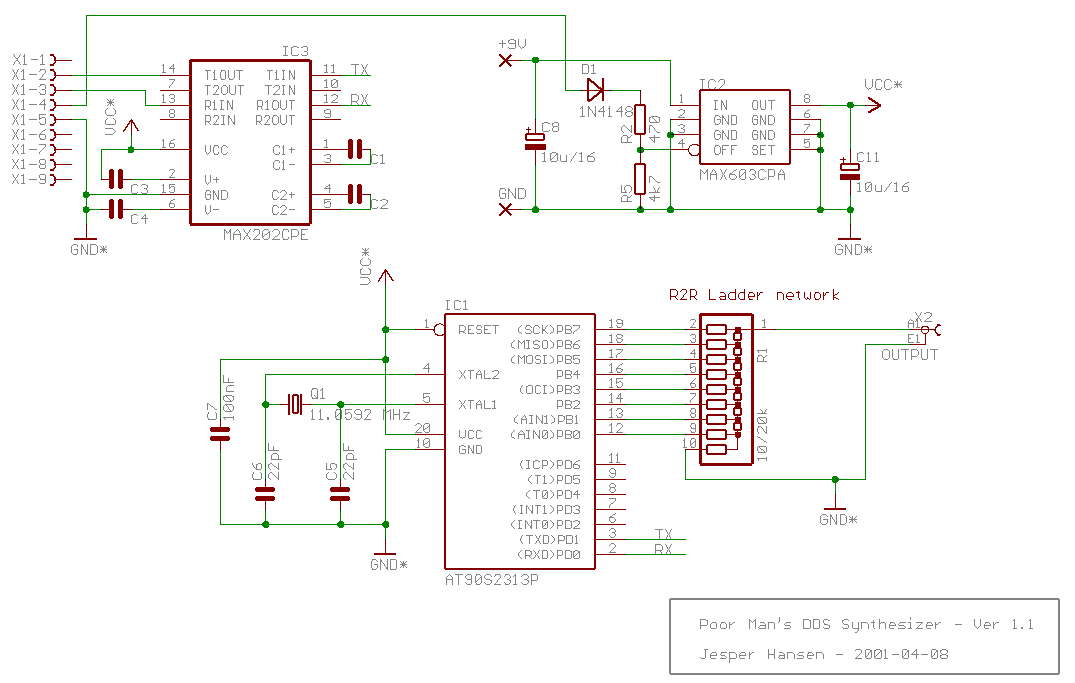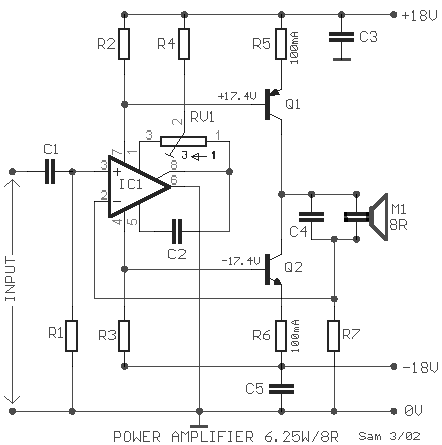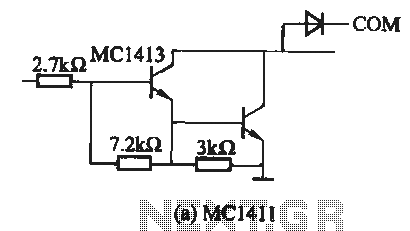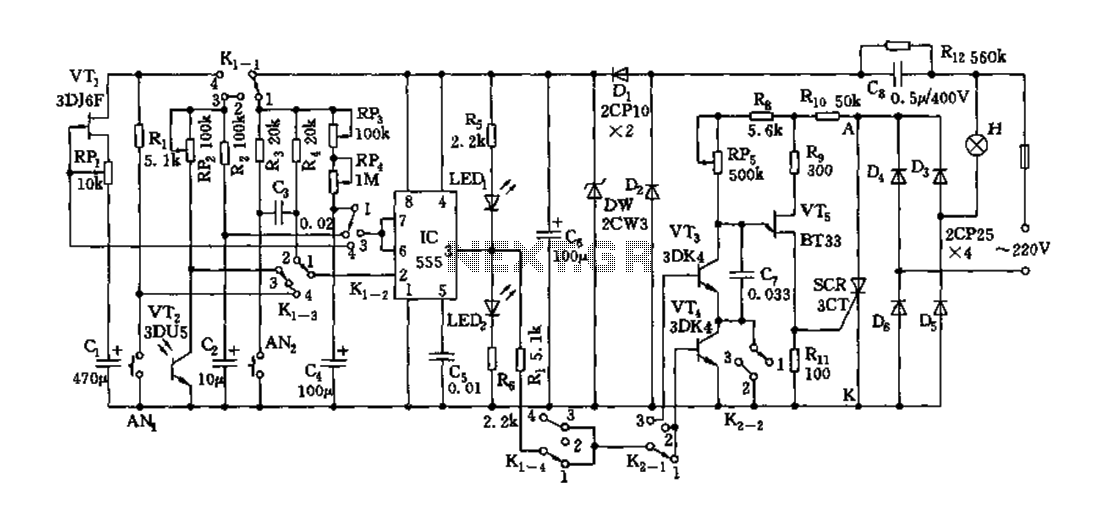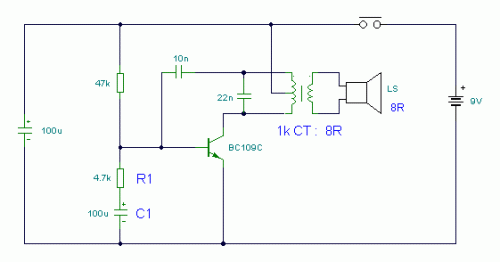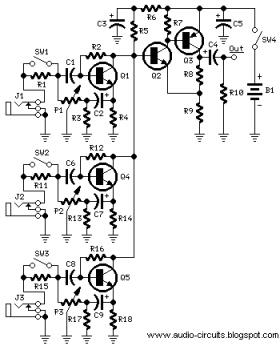
Digital lighting circuit
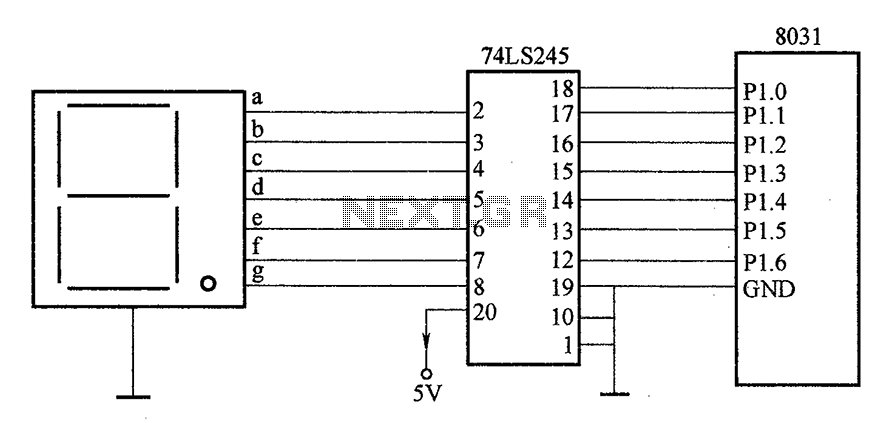
After the SCM execution, the Pl output port connects to the bidirectional input of 74LS245 driver chips. This driver operates during each phase of digital control, based on the information from the Pl port. The purpose is to convert characters into digital form, which is then displayed on a digital display. The input port of the 74LS245 is connected to its output terminal, which is directly linked to the display segments through digital control. The 19th pin of the 74LS245 is referred to as the enable control terminal; when this pin is low, the 74LS245 only transmits data. Therefore, the 19th pin is connected to ground. The 1st pin serves as the transmission direction control terminal; when this pin is high, pins 2 to 9 function as the input side, while pins 18 to 11 correspond to the output. Conversely, when the 1st pin is low, pins 18 to 11 act as inputs, and pins 2 to 9 serve as outputs. In this circuit example, when the 1st pin is low, input and output are utilized in the latter. The common cathode terminal of the digital tube is connected to ground, establishing a static connection.
The described circuit employs a 74LS245 bidirectional transceiver, which facilitates the transmission of data between the microcontroller and a digital display. The 74LS245 is essential for managing the direction of data flow, allowing for effective communication between the two devices. The enable control terminal (pin 19) is crucial for data transmission; it must be set low to allow the device to function in data transmission mode. The direction control terminal (pin 1) determines the flow of data: when high, the device operates in the input mode, allowing data to be received from external sources, while a low state enables output mode for sending data to the display.
The digital display segments are directly driven by the output pins (18 to 11) of the 74LS245, which correspond to specific segments of the display. Pins 2 to 9 are configured for input, allowing the device to receive data from the microcontroller. This configuration enables the display to show characters in digital form, which is critical for applications requiring real-time visual feedback.
The common cathode connection of the digital display ensures that all segments share a common ground, simplifying the control of individual segments. In static mode, the display remains illuminated as long as the appropriate inputs are provided to the 74LS245. This design allows for flexibility in controlling the display through digital signals, making it suitable for various applications in embedded systems and digital electronics. Proper understanding and implementation of the 74LS245's pin configuration and operational modes are essential for optimizing the circuit's performance and reliability.After the SCM execution, Pl output port to bidirectional input 74LS245 driver chips, the same driver each phase of the digital control, according to the information Pl port out put in digital form characters, with a digital display to achieve the purpose of the character. Pl 74LS245 input port and is connected to its output terminal connected to the segments directly with digital control. Among them, 19 feet 74LS245 is called enabling control terminal, when the pin is low, 74LS245 only transmit data, so 19 feet and the ground phase.
1 foot is the transmission direction control terminal, when the pin is high, 2 to 9 feet for the input side, 18 ~ 11 feet for the corresponding output; when 1 pin is low, 18 to 11 feet as an input, 2 to 9 feet for the corresponding output. Example 1 of the present circuit pin to low, input and output is used in the latter. Digital tube common cathode terminal connected to earth, this connection is called static.
The described circuit employs a 74LS245 bidirectional transceiver, which facilitates the transmission of data between the microcontroller and a digital display. The 74LS245 is essential for managing the direction of data flow, allowing for effective communication between the two devices. The enable control terminal (pin 19) is crucial for data transmission; it must be set low to allow the device to function in data transmission mode. The direction control terminal (pin 1) determines the flow of data: when high, the device operates in the input mode, allowing data to be received from external sources, while a low state enables output mode for sending data to the display.
The digital display segments are directly driven by the output pins (18 to 11) of the 74LS245, which correspond to specific segments of the display. Pins 2 to 9 are configured for input, allowing the device to receive data from the microcontroller. This configuration enables the display to show characters in digital form, which is critical for applications requiring real-time visual feedback.
The common cathode connection of the digital display ensures that all segments share a common ground, simplifying the control of individual segments. In static mode, the display remains illuminated as long as the appropriate inputs are provided to the 74LS245. This design allows for flexibility in controlling the display through digital signals, making it suitable for various applications in embedded systems and digital electronics. Proper understanding and implementation of the 74LS245's pin configuration and operational modes are essential for optimizing the circuit's performance and reliability.After the SCM execution, Pl output port to bidirectional input 74LS245 driver chips, the same driver each phase of the digital control, according to the information Pl port out put in digital form characters, with a digital display to achieve the purpose of the character. Pl 74LS245 input port and is connected to its output terminal connected to the segments directly with digital control. Among them, 19 feet 74LS245 is called enabling control terminal, when the pin is low, 74LS245 only transmit data, so 19 feet and the ground phase.
1 foot is the transmission direction control terminal, when the pin is high, 2 to 9 feet for the input side, 18 ~ 11 feet for the corresponding output; when 1 pin is low, 18 to 11 feet as an input, 2 to 9 feet for the corresponding output. Example 1 of the present circuit pin to low, input and output is used in the latter. Digital tube common cathode terminal connected to earth, this connection is called static.
